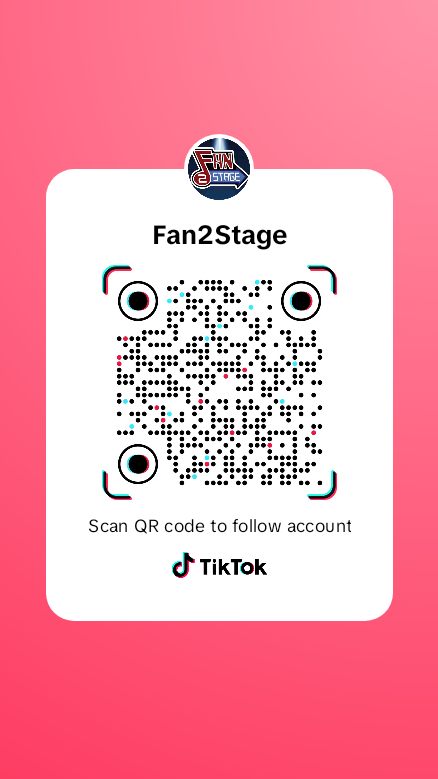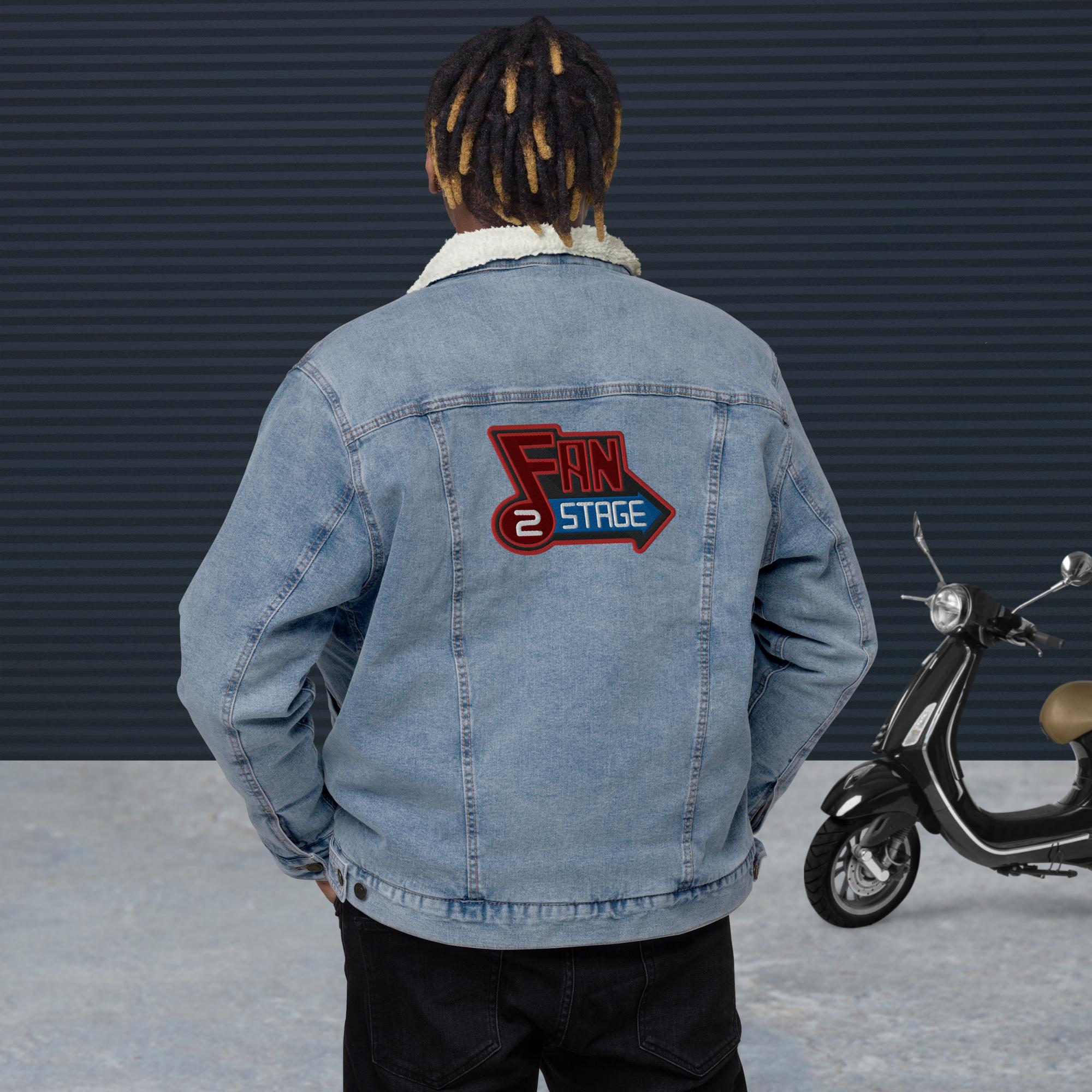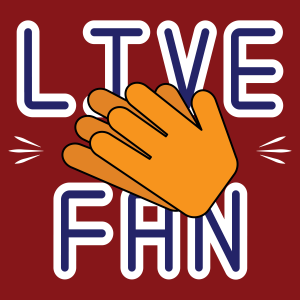
by Super Fan | Apr 14, 2024 | NEWS
CoolToys will be adding Live shows on TikTok soon.As Fan2Stage joined Tik Tok so did CoolToysTV. Host Scott figured if TIKTOK is going live then he needed to be there. We figured we needed to test it. We’ll post tips tricks and latency issues as soon as we get...
by Super Fan | Jan 27, 2024 | NEWS
#NAMMShowFan2Stage is a member of NAMM. Even though we started out trying to find a solution for comedians and talk shows, music is a big part of our lives. Music connects us across generations and magically erases our differences. The NAMM show is a place for...

by Super Fan | Jan 17, 2024 | NEWS
At the end of January one of the biggest shows for the business side of the business is happening. Just across the street from Disneyland at the Anaheim convention center will be the NAMM show. We will be there, will you? Gear Matters While we built Fan2Stage to work...

by Super Fan | Jan 17, 2024 | NEWS
When we started trying to solve the problem of bringing a live audience to live streaming, we realized there is more. What we were really doing was building a pathway of Live Fans For Every Stage. Performers need live fans One of the great truths of human performance...

by Super Fan | Dec 30, 2023 | NEWS
For the past 24 months we have been working hard on the latest version of Fan2Stage, Fan2Stage 2.0 What Does This Mean To You? Fan2Stage 2.0 is a complete revamp of the main website and the user apps. As of now we only have an app for fans, LiveFan and it will be...

by Super Fan | Nov 27, 2023 | NEWS
Fan2Stage is proud to be a founding sponsor and partner of LSPANA. Pronounced El-Spana, LSPANA was founded to create a common place for live streaming artists and vendors to share ideas and problems to move the live streaming world forward. Live streaming exploded...








